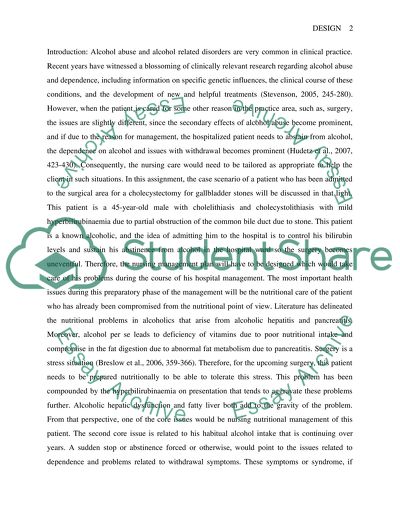Cite this document
(“Alcohol abuse and alcohol disorders Case Study Example | Topics and Well Written Essays - 2000 words”, n.d.)
Retrieved from https://studentshare.org/miscellaneous/1519464-alcohol-abuse-and-alcohol-disorders
Retrieved from https://studentshare.org/miscellaneous/1519464-alcohol-abuse-and-alcohol-disorders
(Alcohol Abuse and Alcohol Disorders Case Study Example | Topics and Well Written Essays - 2000 Words)
https://studentshare.org/miscellaneous/1519464-alcohol-abuse-and-alcohol-disorders.
https://studentshare.org/miscellaneous/1519464-alcohol-abuse-and-alcohol-disorders.
“Alcohol Abuse and Alcohol Disorders Case Study Example | Topics and Well Written Essays - 2000 Words”, n.d. https://studentshare.org/miscellaneous/1519464-alcohol-abuse-and-alcohol-disorders.


